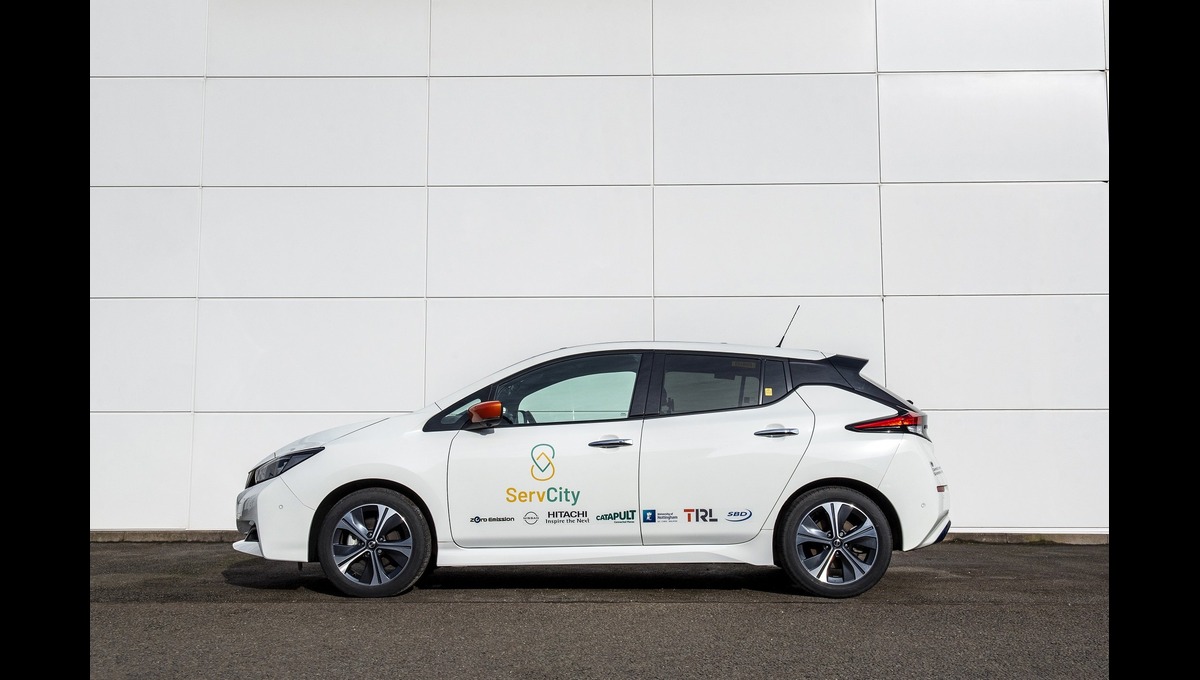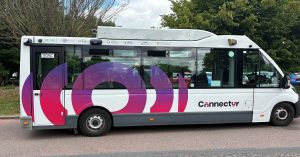Nissan Motor has unveiled a comprehensive strategic roadmap aimed at bringing its in-house-developed autonomous-drive mobility services, equivalent to SAE Level 4, to commercialization in Japan by 2027. Nissan started this ambitious journey in 2017 by extensively exploring a number of mobility service business models both domestically and abroad.
Testing Initiatives:
Nissan has focused its testing efforts in Japan in locations including Namie in Fukushima Prefecture and the Minato Mirai district of Yokohama. Notably, Nissan’s autonomous-drive technologies have been put to the test in an important setting since 2021 with Namie Smart Mobility, a manned mobility service.
Collaboration and Expansion: Nissan plans to launch its autonomous-drive mobility services in 2027, drawing on the knowledge gathered from these testing projects. To enable the implementation of these services, the company intends to work in conjunction with other parties, such as regional administrations and transportation providers. The Minato Mirai region will host the first trials in 2024, and they will thereafter expand and intensify in the ensuing years.
Deployment Strategy:
Nissan’s autonomous-drive mobility service will be introduced gradually, according to the suggested timeframe. Driving testing with driverless vehicles based on the Serena minivan will take place in the Minato Mirai area in 2024. Next year, a fleet of twenty cars with drivers inside will be used for service demonstration tests across Yokohama, which includes areas like Minato Mirai, Sakuragicho, and Kannai. Nissan wants to start offering services in three or four municipalities—including rural ones—by 2027. The company plans to deploy a number of vehicles to meet a range of transportation demands.
Important Parties:
The Ministry of Land, Infrastructure, Transport, and Tourism in Japan, the Ministry of Economy, Trade, and Industry in Japan, and other important parties will work closely together on this project.
Conclusion:
Nissan’s strategic roadmap for autonomous-drive mobility services in Japan is a testament to the company’s commitment to innovation and sustainability. By leveraging cutting-edge technology and collaborating with key stakeholders, Nissan aims to revolutionize the future of mobility in Japan and beyond.
Nissan Motor has announced its strategic roadmap to bring its in-house-developed autonomous-drive mobility services, equivalent to SAE Level 4, to commercialization in Japan by 2027. Nissan started the process of achieving this goal in 2017 by extensively testing a number of mobility service business models both domestically and abroad.
Nissan has concentrated its testing efforts in Japan in regions such as Namie in Fukushima Prefecture and the Minato Mirai district of Yokohama.
By utilizing the knowledge gathered from these testing projects, Nissan hopes to launch its autonomous-drive mobility services by 2027. To help in the implementation of these services, the company intends to work with outside parties like transportation providers and local government agencies. The Minato Mirai region will host the first trials in 2024, and they will thereafter expand and intensify in the ensuing years.
The suggested schedule shows how Nissan plans to roll out its autonomous-drive mobility service gradually. In 2024, driverless vehicles based on the Serena minivan will be used for driving testing in the Minato Mirai area.
Next year, a fleet of twenty cars with drivers inside will be used for service demonstration tests around the Yokohama region, which includes Minato Mirai, Sakuragicho, and Kannai. Nissan wants to start offering services in three or four municipalities—including rural ones—by 2027. The company plans to deploy a number of vehicles to meet a range of transportation demands.
Close cooperation with important parties will be maintained throughout the project, including the Ministry of Land, Infrastructure, Transport, and Tourism in Japan, the Ministry of Trade and Industry, and other core ministries.







